Adapted technique offers experimental insights to theorists studying superheavy elements
The actinide nobelium has been probed using laser spectroscopy, providing the first detailed measurements of nuclear properties in an element with atomic number higher than 100.
Calculating the energy levels of the hydrogen atom is a textbook quantum mechanics problem. But as atoms get heavier, with multiple protons, neutrons and electrons in a complex dance of attraction and repulsion, the calculations get messier and more uncertain. The heaviest elements are hard to produce and decay rapidly, so experimentally testing these calculations is extremely difficult.
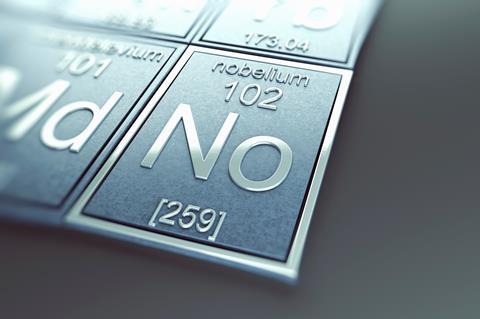
Various techniques exist to perform spectroscopy on nuclei. Parameters such as the nuclear magnetic moment cannot be measured directly, but have to be calculated from other data using models. As various models exist for the heavy nuclei, this can lead to disputed predictions for the parameters.
In an alternative technique, laser spectroscopy measures the frequencies of specific electronic transitions in an atom. These transition frequencies reveal information about a nucleus’s properties directly, with no need for prior assumptions about its structure. ‘Laser spectroscopy is widely used for studying exotic isotopes of known nuclei,’ says Sebastian Raeder of Helmholtz Institute in Mainz, Germany, who led the work. However, it had never been used to study elements with atomic number over 100 before. Several innovations were required to ‘really push the technique to the limit’, he explains.
Raeder and colleagues produced three different isotopes of the actinide nobelium (atomic number 102), by firing high-intensity beams of calcium ions at lead targets using the UNILAC accelerator in Darmstadt, Germany. Although nobelium is much easier to produce than its neighbours in the periodic table, the researchers obtained at best four nobelium ions per second from a calcium ion flux of around 4.4 x 1012 particles per second. They therefore needed to study these ions far more efficiently than in traditional laser spectroscopy.
These ions were first neutralised, then probed by two lasers. The first excited atoms from the ground to the first excited state; the second ionised atoms from the first excited state. By collecting the resulting ions, the researchers could measure the proportion of atoms that had been excited from the ground to the first excited state by the first laser, and thereby infer the energies of the first excited states in all three isotopes. They used various state-of-the-art atomic calculations – which all agreed within expected errors – to relate these to the shapes, spins and structures of the nuclei.
Questions settled
In some predictions, such as the nuclear magnetic moment of 253No, there had been significant differences between theoretical models. ‘We could say for sure that one value stated in one paper agrees with our results much better than another value stated in another paper,’ explains Raeder, ‘This was a bit of an open question that I think we’ve now settled.’ In others, where theoretical models agreed fairly well, their findings bore out the predictions. ‘This gives for the first time some basic certainty that we understand the physics of the heaviest elements,’ Raeder says.
Nuclear physicist Paul Greenlees of the University of Jyväskylä in Finland is impressed. ‘The initial work relies heavily on state-of-the-art atomic theory, the methods they’ve developed to perform laser spectroscopy in nobelium are incredibly impressive, now they can compare their results to state-of-the-art nuclear structure theory,’ he says. He adds that the work’s validation of electronic structure models in superheavy elements is interesting in itself. ‘When you get up to higher and higher proton numbers there start to be a lot of relativistic effects in the atomic structure. The techniques the researchers developed are becoming more and more sensitive, so they will be able to go higher and higher in proton number. There’s a very nice synergy between nuclear theory and nuclear experiment and also atomic theory and atomic experiment.’
References
S Raeder et al, Phys. Rev. Lett., 2018, 120, 232503 (DOI: 10.1103/PhysRevLett.120.232503)





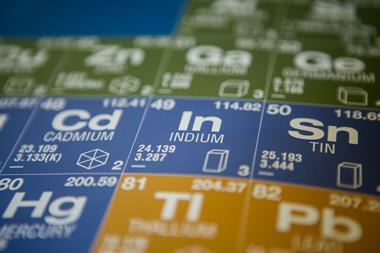
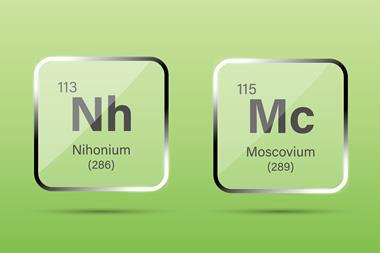
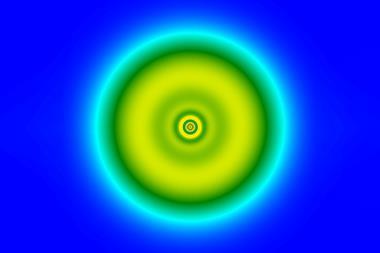
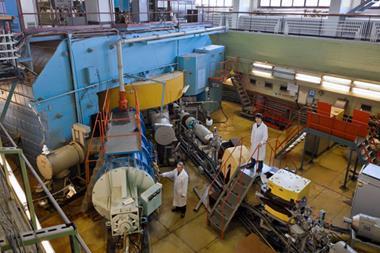
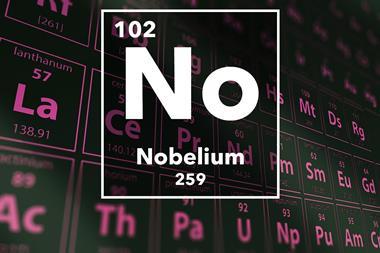




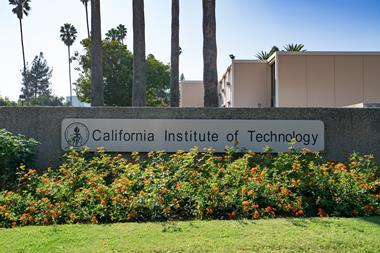


No comments yet